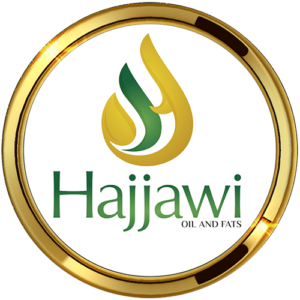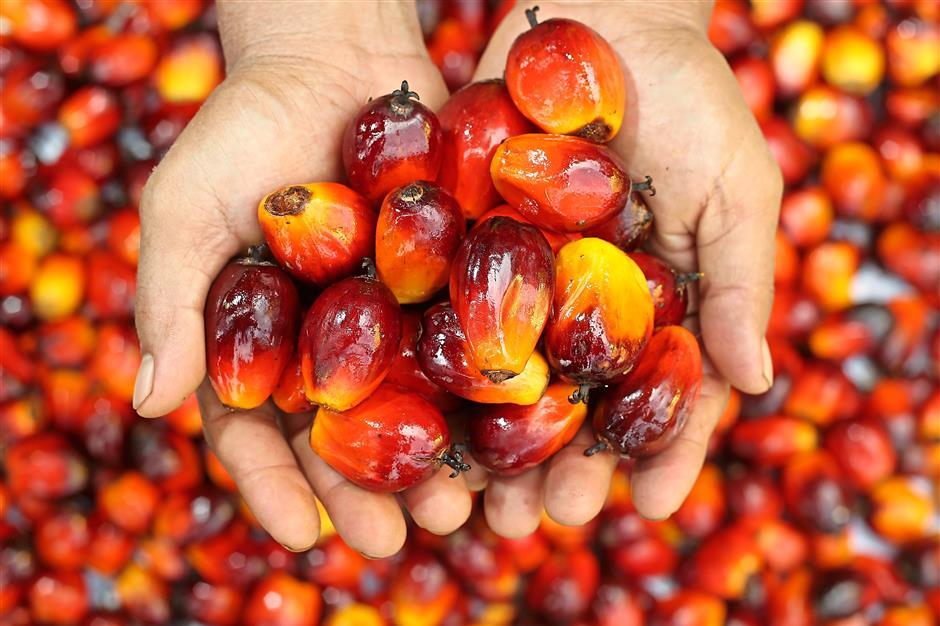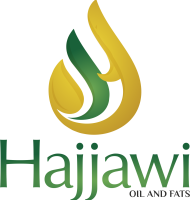What’s wrong with palm oil?
Palm oil and species extinction
Where is palm oil used?
Why do brands use palm oil in their products?
There are a few reasons the food industry uses palm oil. The main reason is that it is the cheapest of vegetable oils. Due to pressure from the large supermarket chains for products to sell at a low price, cooking oil is one of the areas where price cuts can be made to allow for profit margin.
Palm oil is also a very bland cooking oil so it does not affect the taste of products. Palm oil also increases shelf life of pre- packaged food and finally, palm oil has a very high smoke point so it is perfect for rapid frying products such as 2 min noodles etc.
Personal care and cleaning products use palm oil for different reasons. Palm oil is extremely versatile and is used to manufacture many ingredients due to its high fatty acid content which is required to manufacture emulsifiers and surfactants.
How many supermarket brands use palm oil in shampoo & conditioner?
What was used before palm oil?
Petrochemicals and animal fats were used, so replacing these options with palm oil was the most ethical choice at the time. Palm oil has a long carbon chain of fatty acids which makes it easy to manufacture derivatives for personal care and cleaning products.


